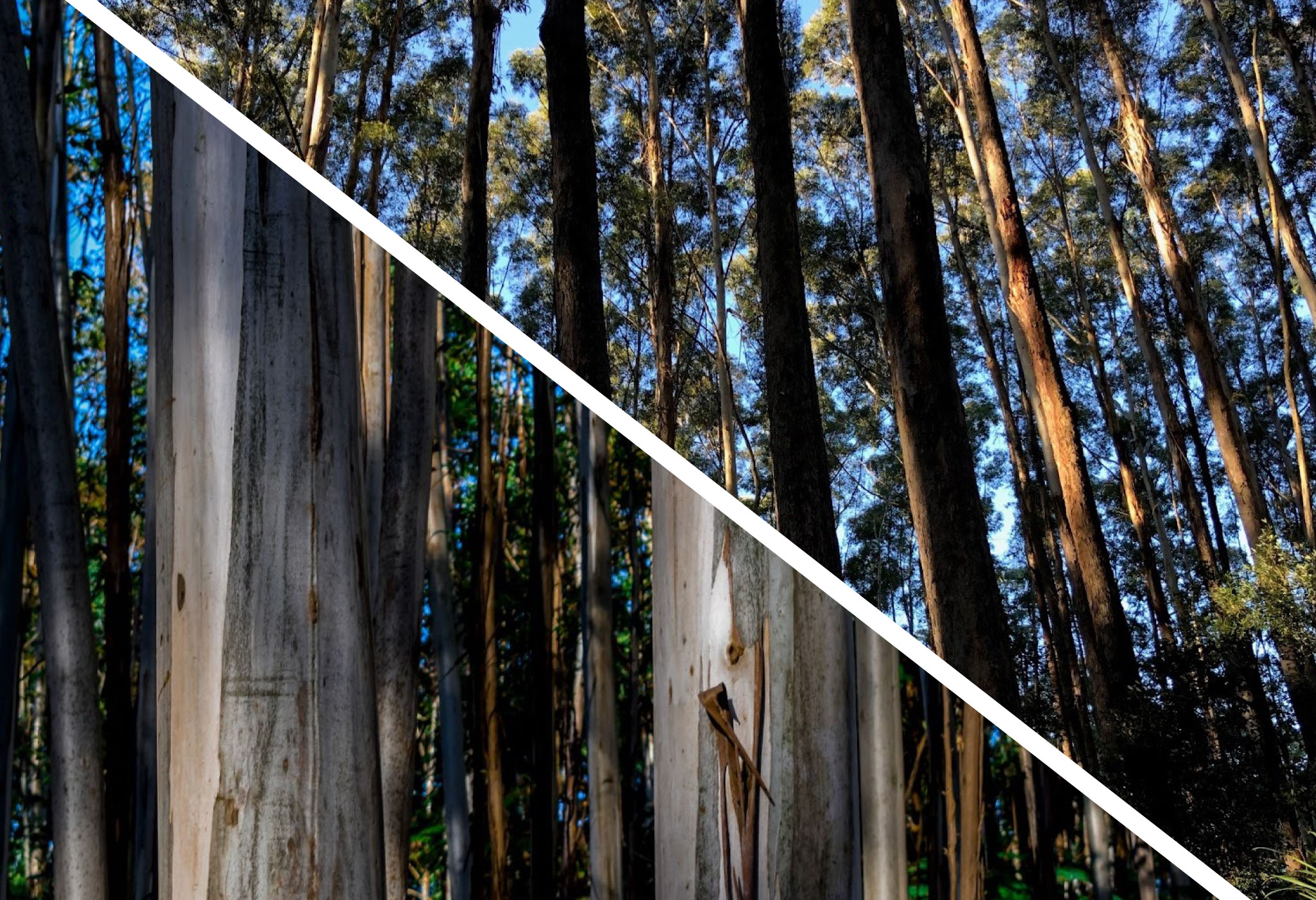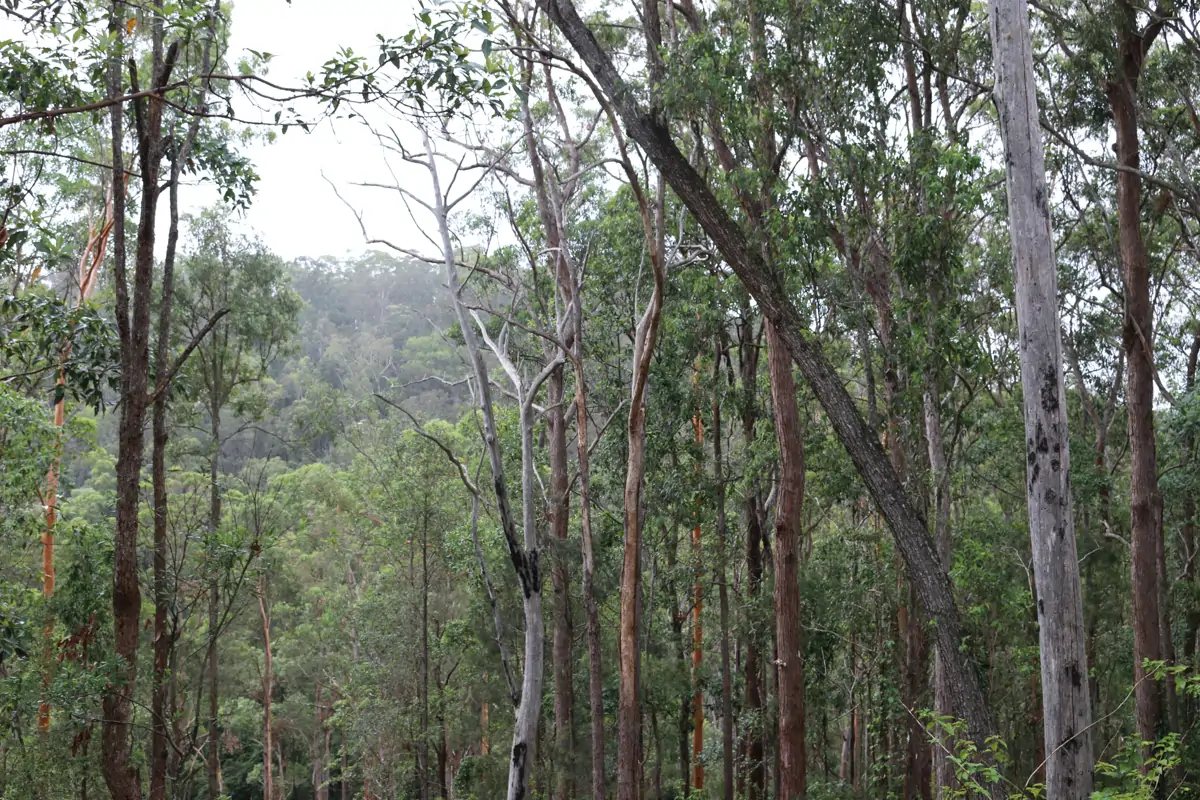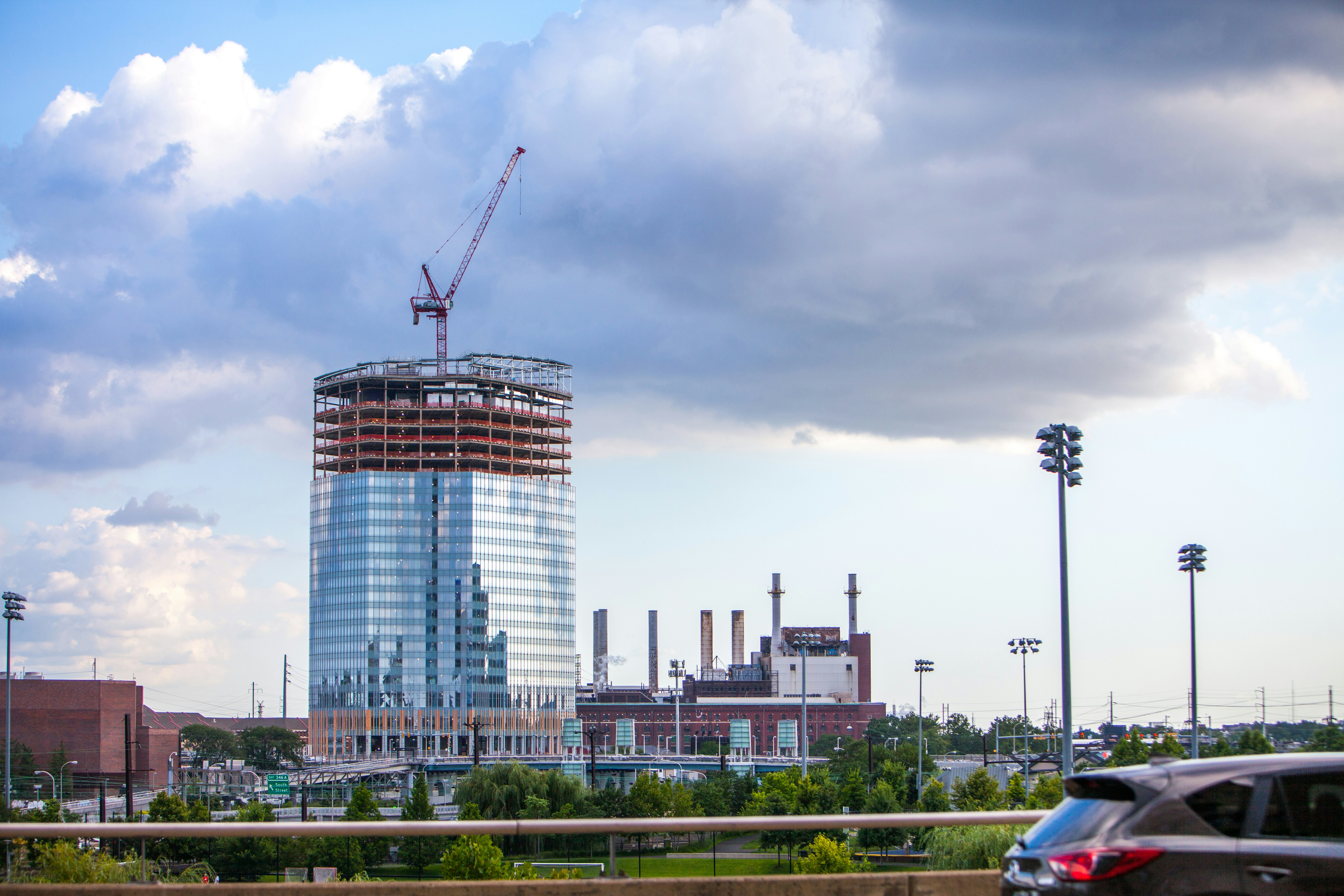Every forest is unique. From the mix of tree species and tree health, to the age of the forest and the management practices in place. There are many contributing factors to consider when assessing forests and determining their potential forest yield value. In this blog we’ll cover what is involved in an assessment and how we determine the suitability of a private native forest for sustainable timber production and therefore its potential yield value.
Digital + One-Site Forest Assessments
At Sustainable Forest Management we complete hundreds of forest assessments each year across Northern NSW and South East Queensland. The first step for each of these is to complete a desktop assessment utilising specialist software to assess the viability of the private native forest for a potential timber harvest operation. This software combines data on the topography using digital aerial imagery and mapping overlays, with the known tree species in the region, any known forestry history of the property or neighbouring properties and Private Native Forest Local Land Services information. From this initial assessment we can determine if a forest is considered potentially suitable and we would then follow up with a field inspection.
At a field inspection, we are looking at a vast array of factors covering forest health, overall environment, conditions and general use of the forest. Through this we are able to estimate the potential yield (the volume of timber expected to be harvested and the associated royalty value). We also formulate a bespoke management plan to provide to landowners.
Determining Forest Value
No two forests are the same. It’s possible to arrive at two different sets of figures for seemingly similar native forests, as a result of forest assessment.
Let’s take a look at these two forests on neighbouring properties as an example. Both forests cover an area of approximately 50 hectares. Forest A is determined as having 1,500m3 of timber available for harvest, worth $165,000, whereas Forest B has 2,000m3 of timber available to be harvested but at a much lower value of $90,000. Let’s take a look at why there is such a difference.
Why can two forests of the same size have very different yields
Forest A – Higher returns from less harvest
Forest A – A healthy mixed age forest providing high yields and great returns.
Forest A is a Coastal Blackbutt regrowth forest that was once cleared grazing country back in the mid 19th century. The ownership has not changed hands in that time, just passed down from one generation to the other over the years. Forest thinning has been undertaken on average every 20 years, with cool winter hazard reduction burns every 1-2 years. The burns help to reduce the fuel load, burning off excess leaf litter and often induced germination. This forest has been a mixed aged forest for several decades, with mature trees providing protection to allow the regeneration trees enough room not be suppressed and an ability to reach for light. In doing so, the trees grow with good form and little to no limb below the canopy.
Forest B – Higher volume harvest, lower return.
Forest B – An even aged forest, with no known history of forest management resulting in a large volume of poor quality trees.
The neighbouring property, Forest B, remained as grazing country for an entire century longer. During the 1940’s seed from the neighbouring property was carried by wind from one property to the other. The farmer at the time was unable to manage his grazing land as successfully as he normally would and was forced to sell. The new regrowth forest would spend the next 80 odd years growing up as an even aged forest with no thinning undertaken at any point. It too is a Blackbutt dominant forest just like Forest A. In fact it is grown from the same seed.
An unmanaged even aged forest without the protection from older trees will grow copious amounts of limbs. Which presents two main concerns. The first, is the possibility of open wounds left through the natural self pruning process, that often lead to punk (rot) or ant infestation.
The second is a tree with many limbs dramatically impacting the proportion of ‘clear wood’ for the sawmiller. With the sawmilling process returning a lower recovery and lower average quality of timber more suited to lower valued applications.
In summary, high quality, limb and defect free trees are typically much more valuable. Forest A provided a light to medium intensity harvest, with ongoing management through thinning that also brought about an additional income stream for the farmer. Forest B however was a medium to high intensity harvest, requiring removal of excess low grade trees to open up the forest and make room for second generation trees, in a positive step towards a mixed aged sustainable forest.
The below table illustrates 12 contributing factors to the potential yield viability of a private native forest. Using the Forest A and Forest B examples above we breakdown the impacts that affect the yield value of a forest.
Factors Affecting Potential Forest Yield
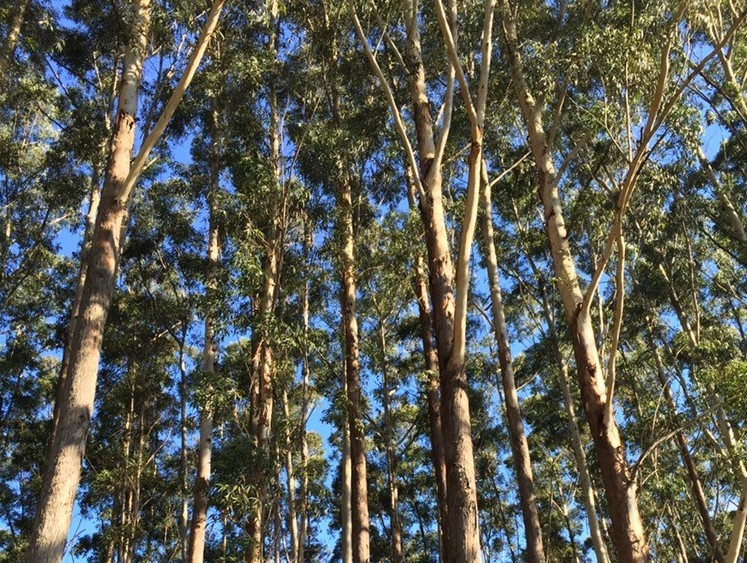

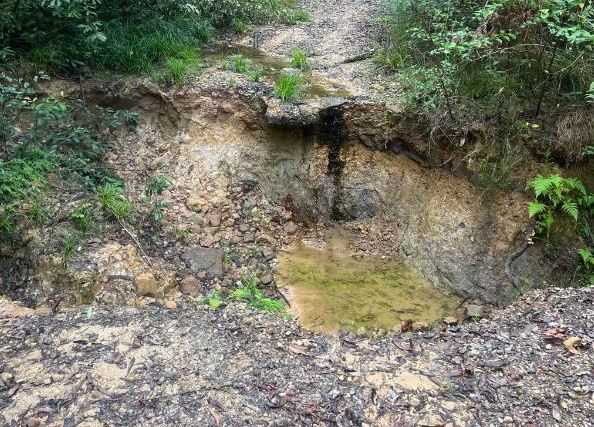
Forest Type, Soil Condition, Topography & Accessibility Impacts on Forest Viability for Harvesting
| Forest A | Forest B | Impact on Forest Yield | |
| Forest Type | Mixed aged, healthy trees of multiple native species. | Even aged with only three main species present. | Biodiversity and ecology in the forest is important for healthy trees to grow. Human impact on this from prior use (even as a once off) can change the outcome of a productive and working forest. See our Guide to Northern NSW Native Trees |
| Topography | Gentle undulation | Significant steep slopes and rocky outcrops | Steeper slopes facing the sun dry out quicker resulting in trees lacking water, nutrients and mulch. Steep slopes and rocky outcrops are not practical for harvest activities, and our Code of Practice prescribes the requirements to support where this assessment is required. |
| Soil Condition | Good humus and structure. Mulching and other management techniques have been used over time when required | Degraded from neglect and use of land/ overgrazing. | Overgrazing can lead to trampled seedlings and compacted soils. Focus on the forest only as part of a grazing property discounts the integrative approach that can allow both to succeed. |
| Accessibility | Roads and creek crossings inside the property are fairly well maintained. Neighbourly approach to forest access where it stretches over multiple properties. | Damaged or non-existent creek crossings present. Flood affected roads with drainage structures washed away. Overgrown roads and tracks. | Roads and trails are important for fire management, forest health inventory, weed and feral animal control, as well as being required for efficient harvest operations. Some areas of a forest may be excluded from a harvest purely due to infrastructure inaccessibility. |
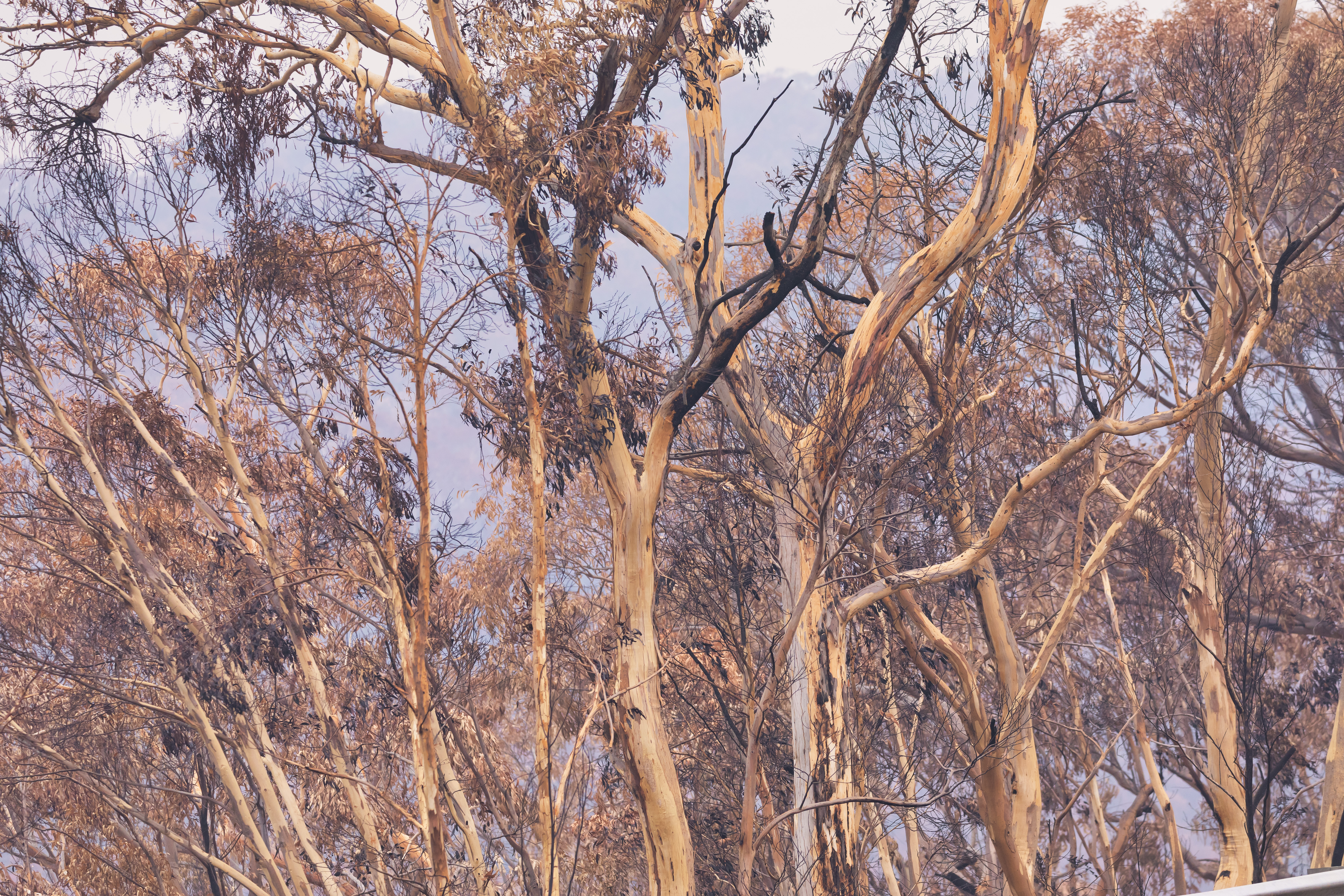
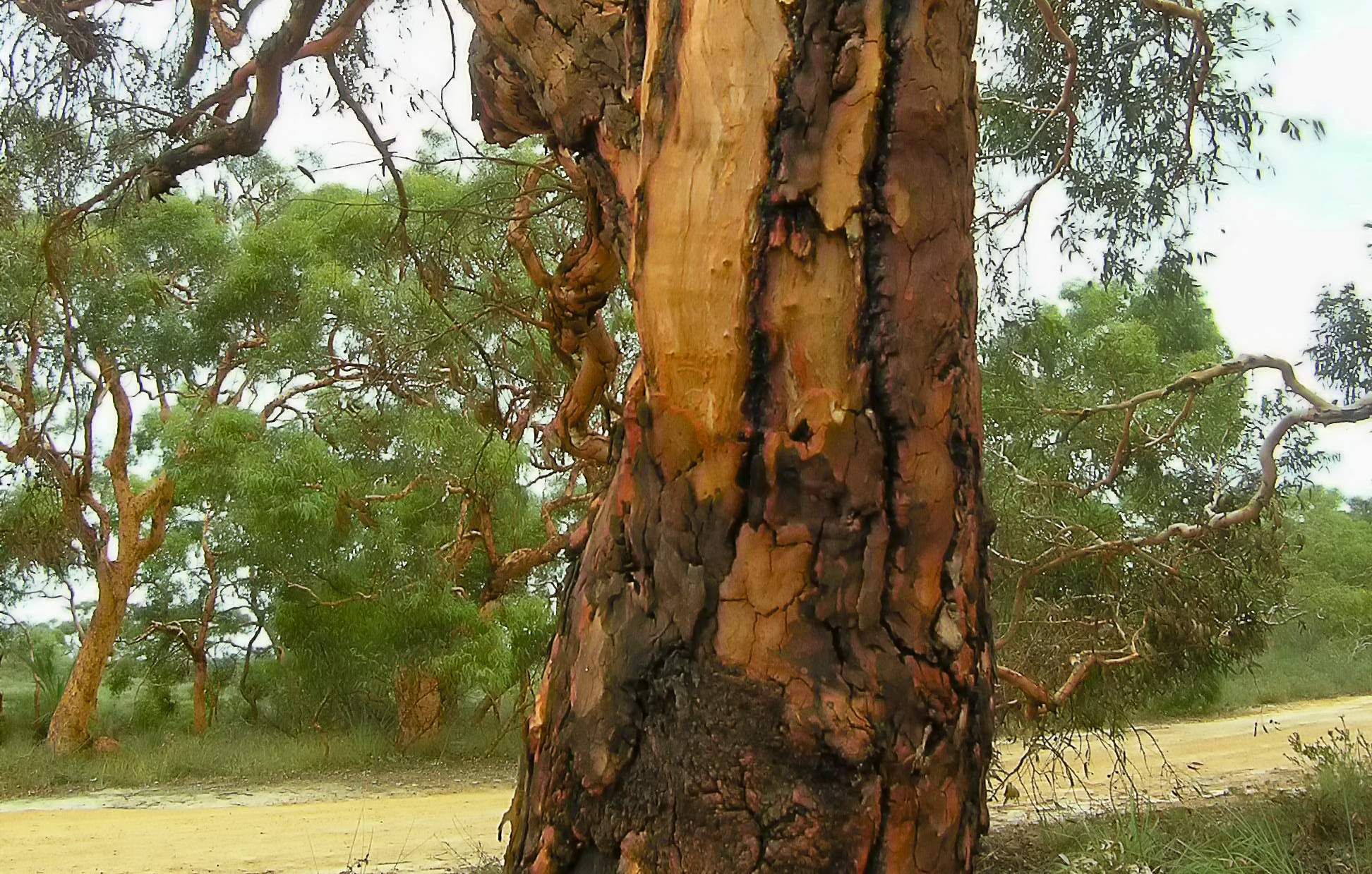
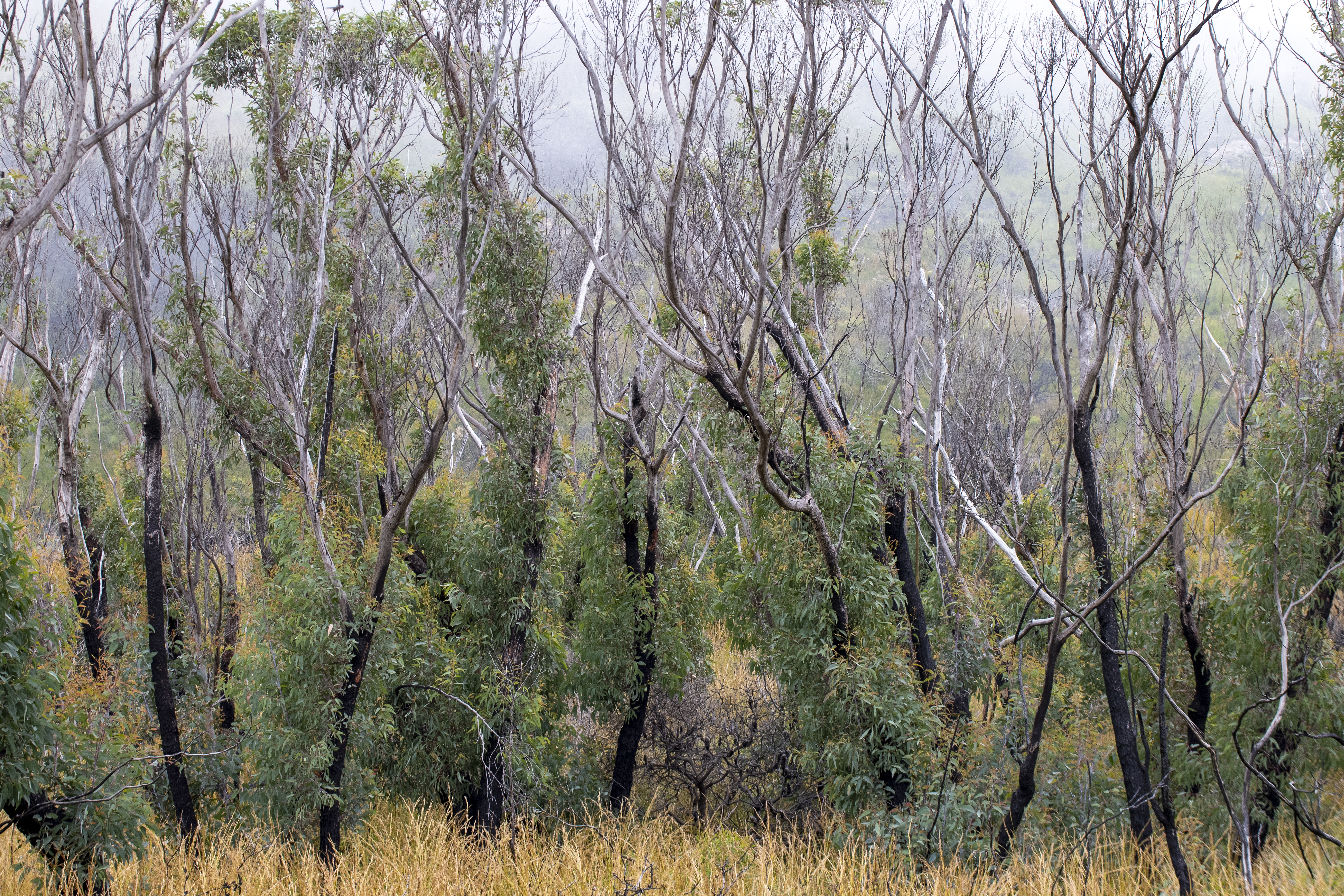
Flora & Fauna, Pests & Weeds (Lantana far left, ant infestation far right) and Fire History impacts on sustainable forest management.
| Flora & Fauna | A threatened species may be encountered in the forest in terms of overall region, however no recordings to date. | Multiple threatened species may be encountered in the forest based on the overall region, along with a recorded sighting of one of the species. | Having a healthy mix of flora and fauna is important for the overall symbiotic relationships within the forest. It stops any populations getting out of control and tipping the balances in unhealthy directions. The PNF Code of Practice also contains prescriptions as to management of harvesting when listed (threatened species) are likely to be encountered. |
| Pests & Weeds | Negligible (inc through management where required). | Bell miner attack, lantana infestation and insect damage to individual trees. | Bell Miners will eventually kill a whole tract of forest and let lantana smother the forest floor preventing seeds to strike and grow. Insect damage (avoidable or incidental) can render a tree poor for harvest. |
| Weather & Fire History | Relatively stable weather and management in place to manage extreme weather events. Some fire impact was experienced, however the regime that was in place prior ensured impact was contained. | Extreme event/s experienced with no management to mitigate effect or plan to minimise impact for future events. When a fire impact experienced, the effect was significant. | Light Autumn fires will reduce fire intensity during summer months. Light fires will not damage healthy trees or habitat trees and will allow seeds to fall on mineral soil and germinate . Unharvested/salvaged windthrown timber can add to forest floor fuel loads and more intense fires at the wrong time of the year. |

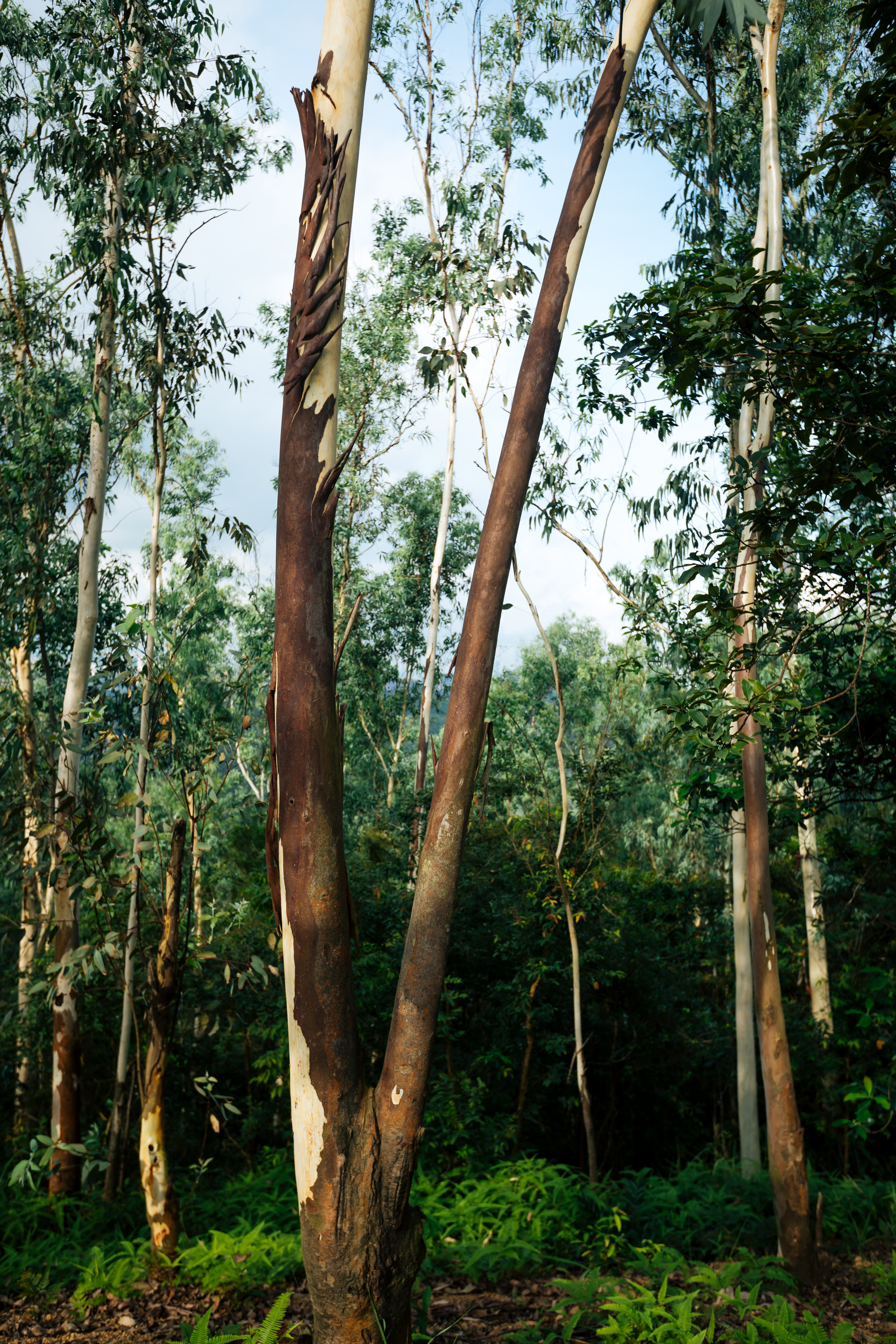
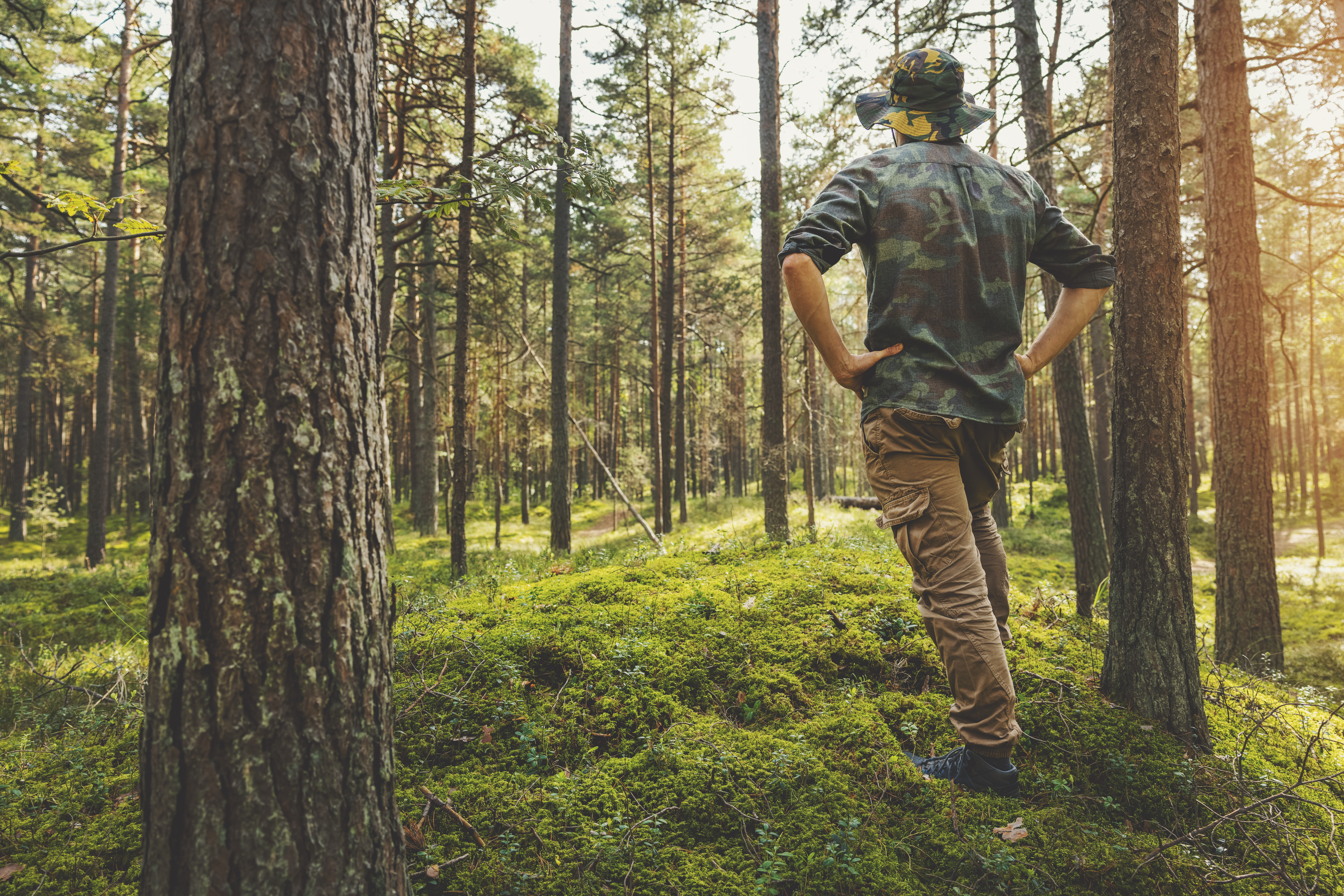
Forest Management History, current management practices and adherence to NSW private native forestry code of practice all impact the potential yield of your forest.
| Forestry History | Commercial light-medium harvest 10 years ago. | High graded 5 years ago (only ‘good logs’ harvested, no silviculture treatment included such as thinning). | Leaving poor quality logs for the genetic pool results in poorer formed trees seeding the forest for the next generation. |
| Forest Management (last decade) | Actively managed, including thinning and weed control. | Benign neglect – no active management. | Removing non merchantable stems will encourage desirable trees to grow better. Above mentioned weed infestation and other degrading events can occur over time. |
| Current Forest Management Plan | Incorporation of scheduled periodic harvests into the future | No plan or knowledge or interest in learning about forest management/ silvicultural best practices | The future goals of the forest owner set out the forest treatments that need to implemented today to give the desired future results |
| Regulatory Obligations | Forestry operations are permitted on the property, and approved harvest operations take place under the PNF Code of Practice in a professional and timely manner. | Specific councils require a DA to be issued under their jurisdictional order, in addition to compliance with the PNF Code of Practice. Lack of communications and information to support the landowner in what is involved. | There is a lot of science that has gone into forest regulations. Whilst some rules may seem bewildering they all serve a purpose eg stream buffers protect water quality, soil stability, genetic material, fire control etc |
| Market Demand | Sought after species for construction | Species not currently valued by Australian market | Non desirable species left in the forest will eventually become the dominant species being able to reproduce without any competition from desirable species |
Want To Know How Much Your Forest Is Worth?
Check out our blog ‘How much are my trees worth’ and book in for your free forest assessment today.
How Can You Better Manage Your Forest?
We are here to help. With several decades of combined experience in sustainable forest management, we can help your forest get in better shape to ensure its value as a long-term asset for generations to come.
We encourage you to get in touch with us today for a free no-obligation assessment for opportunities to turn your native forest into a diversified income stream and long-term asset for your farming business. Please contact us today. Let’s make a collective change for good.
